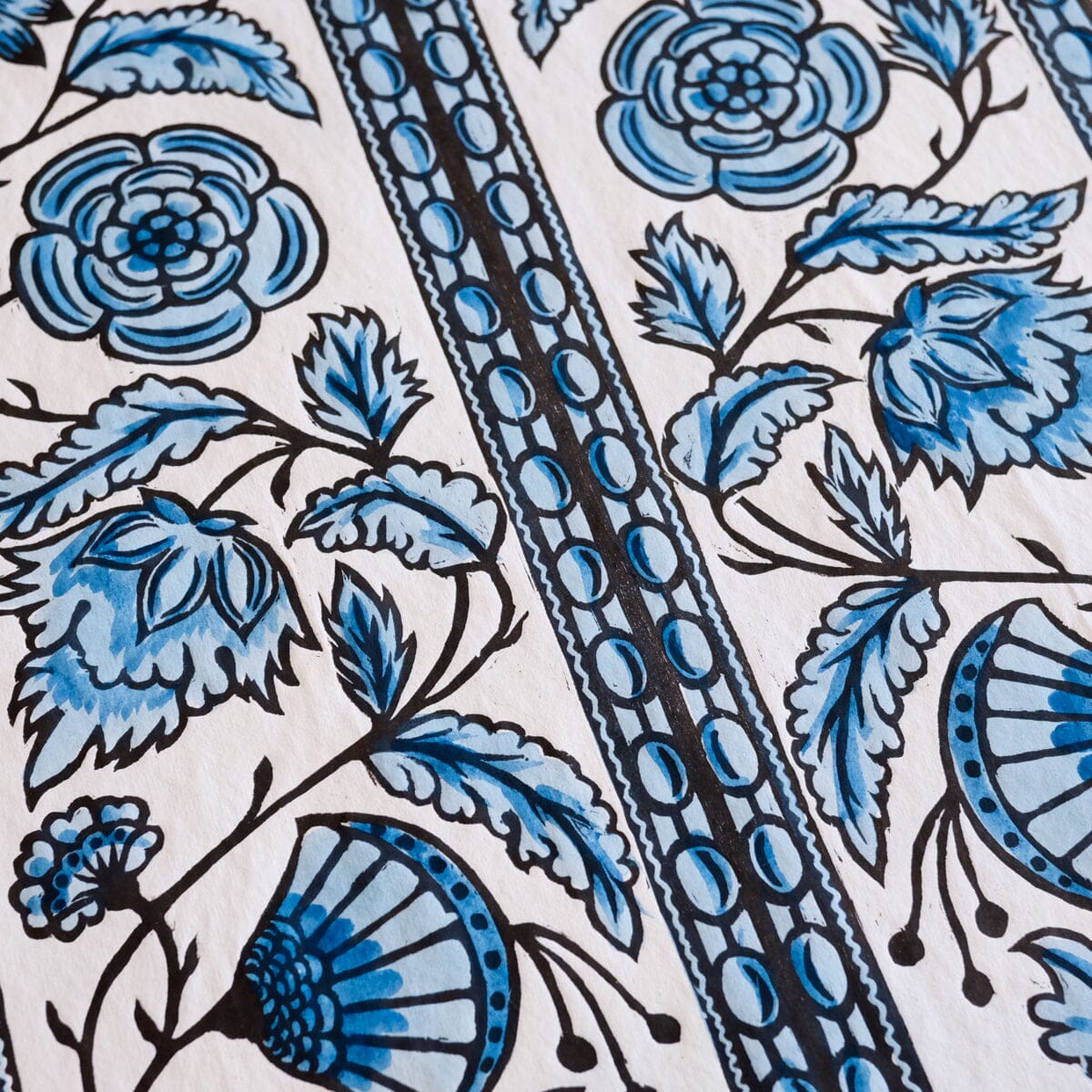- Home
-
SHOP
- New
- Art Prints
- Framed Prints
- Hand-Painted Domino Papers
- All Prints
- Notebooks
- Stitch-Bound Notebooks
- Wire-Bound Notebooks
- Journals & Planners
- Other Notebooks
- Writing Stationery
- Greeting Cards
- Writing Instruments
- Kaweco: Pens & Ink
- LAMY: Pens & Ink
- Ferris Wheel Press: Pens & Ink
- Pineider: Italian Fountain Pens
- Vintage & Antique Pens
- Midori & Pilot Pens
- Bottled Ink
- Calligraphy
- Vintage Pencils
- Blackwing
- Tombow
- Desk Accessories
- Paperweights
- Stickers
- Stationery Accessories
- Dresden Foils
- Table Linens & Home Goods
-
Events & Classes
- Contact & Locations
- Apply to work with us!
- Blog
-
Weddings



 Dodo Hand-Painted Woodblock Print, Papillon Press, 2024.
Dodo Hand-Painted Woodblock Print, Papillon Press, 2024.


 Completed Dodo woodblock, Papillon Press, 2024.
Completed Dodo woodblock, Papillon Press, 2024. Dodo block being printed, Papillon Press, 2024.
Dodo block being printed, Papillon Press, 2024.



